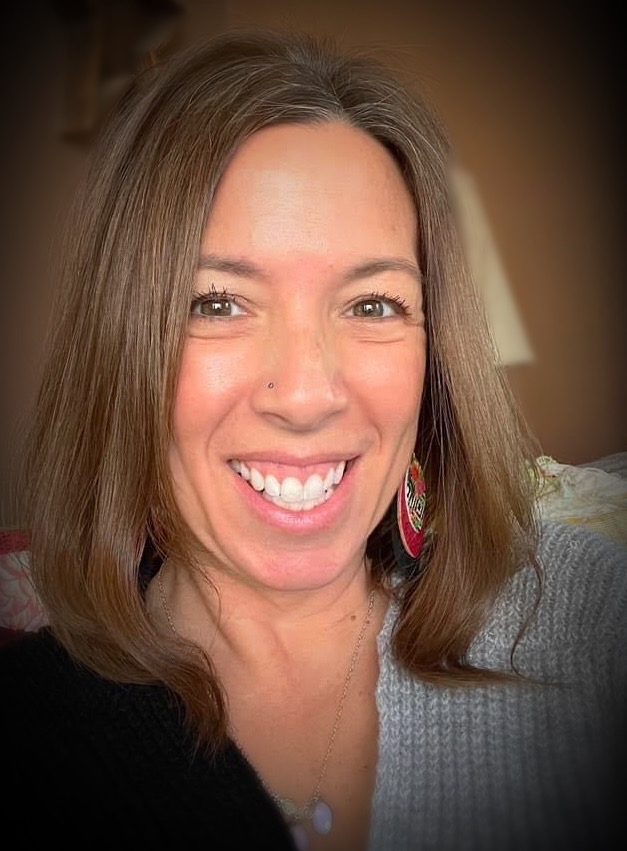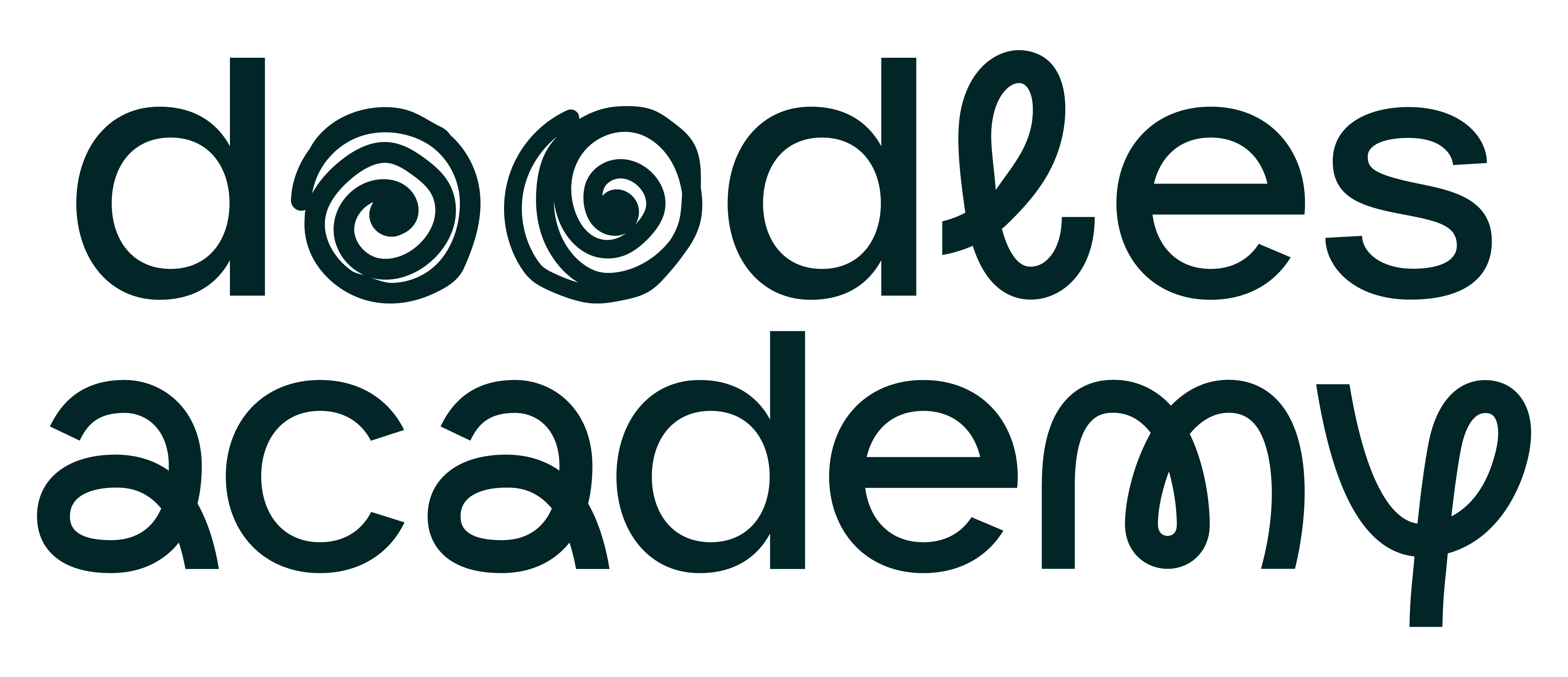Choosing Our Words Wisely: Art Education and the Power of Language
This post advocates for a paradigm shift in art education, emphasizing the power of language and the pivotal role of ESSA, the Every Student Succeeds Act, in redefining art as an essential component within a comprehensive and inclusive educational framework.
By Courtney E. Dentel

Do these phrases sound familiar to you?
These statements seem to reflect a common mindset—one that prioritizes certain subjects over others in education. They reveal ingrained beliefs, or implicit biases, about the hierarchy of content areas; beliefs that are perpetuated through the language we use (and accept) when categorizing various subjects.
Language, as Brené Brown, a social worker and research professor, asserts in her book Atlas of the Heart, holds immense power. It shapes our perceptions of ourselves, others, and the world around us. Brown states, “Language matters. It’s the raw material of story, it changes how we feel about ourselves and others, and it’s a portal to connection.” In education, the language we use to describe courses and disciplines has a profound impact not only on how we view those subjects but also on the professional identities of the teachers who specialize in them.
ESSA, the Every Student Succeeds Act, calls for a well-rounded education, urging us to broaden our perspectives on what constitutes essential knowledge. Highlighted in ESSA, the arts and music are included in a definition of a “well-rounded education” replacing the definition of “core academic subjects,” which had included the arts all along.

Brené Brown’s insights into belonging and language resonate deeply within the realm of education, reminding us that the words we choose can either foster connection or perpetuate division.
When we label Math, ELA, Social Studies and Science as “core” or “academic” and other content areas as “non-core,” “electives,” “humanities’, or “specials,” we create a hierarchical structure that undermines the value of certain disciplines, particularly the arts. This linguistic hierarchy not only influences how teachers perceive their own roles and sense of belonging but also shapes how administrators, colleagues, students, and parents perceive the importance of those subjects. These labels are very divisive and are damaging to the culture and community of schools.

To combat these labels and redefine the discourse surrounding art education, teachers must actively engage in crucial conversations about their curriculum with administrators and colleagues. Here are some questions to consider:
- How can we redefine the language surrounding art education to emphasize its key role in a well-rounded curriculum?
- In what ways can art teachers collaborate with colleagues from other disciplines to break down the barriers created by labels?
- How can we demonstrate the tangible benefits of art education, aligning them with the goals outlined in ESSA for a well-rounded education?
- What opportunities exist for art teachers to share success stories and testimonials that highlight the transformative impact of their classes?
- Are labels for grouping or defining content areas even necessary; or do they create unnecessary divides?
- Should courses tied to high-stakes testing be deemed more important to a child’s development?
- How can administrators support the shift of the language we use in their buildings?
Advocating for high-quality visual art education demands a thoughtful approach to labels (or removing them) and their definitions. Art teachers can start by not referring to themselves as non-core, specials, and electives teachers and asking others to shift their language too. We can become agents of change by challenging the status quo, promoting the value of our discipline, and participating in conversations that reshape the narrative. By redefining the whole of education to include the arts as equally valuable, we will ensure that students receive a truly comprehensive and enriching art education experience.

Courtney E. Dentel
I’m Courtney Dentel, and I’ve dedicated 26 years of my life to teaching Visual Art in the Wayne-Finger Lakes Region of New York State. My public-school art teaching experience spans from UPK to 12th grade, currently teaching at the primary level while leading the UPK-12 Visual and Media Arts Department in my district.
In addition to my work in the art studio classroom, I’ve had the privilege of serving as an adjunct professor for Art Education at Nazareth College in Rochester, NY. One of my proudest moments was receiving the News Channel 8 Golden Apple Award in 2011 as a high school art teacher.
I am a proud art education advocate who has led several crucial conversations with administrators and colleagues about the power of the arts in a child’s education.
Masters of Science in Education SUNY Brockport
• Interdisciplinary Arts for Children
Bachelor’s of Arts SUNY Potsdam
• Art Studio
• Art Education at St. Lawrence University
Applied and was selected to pilot the National Core Arts Standards Model Cornerstone Assessment
Visual Arts HS Proficient | National Art Standard (nationalartsstandards.org)
